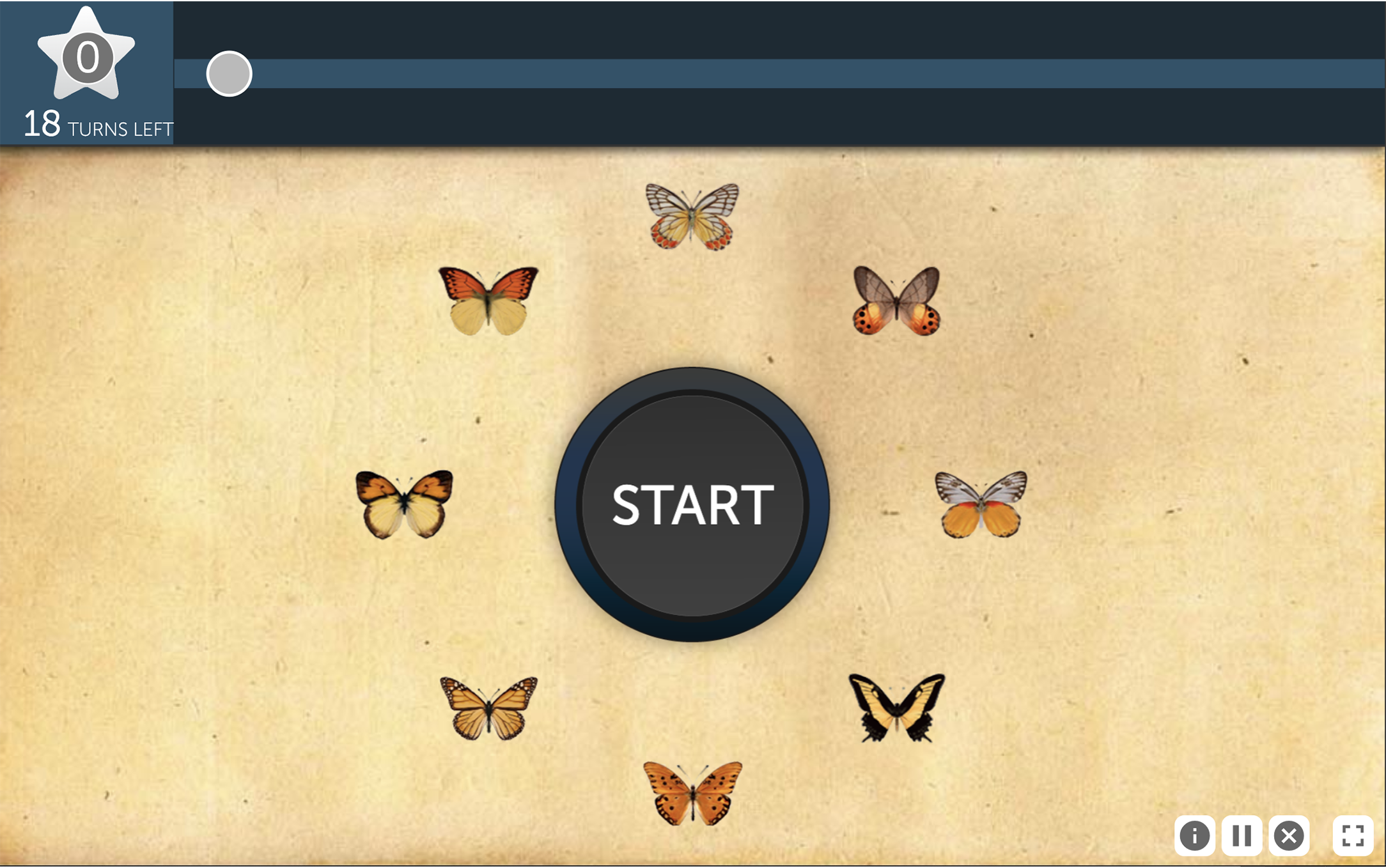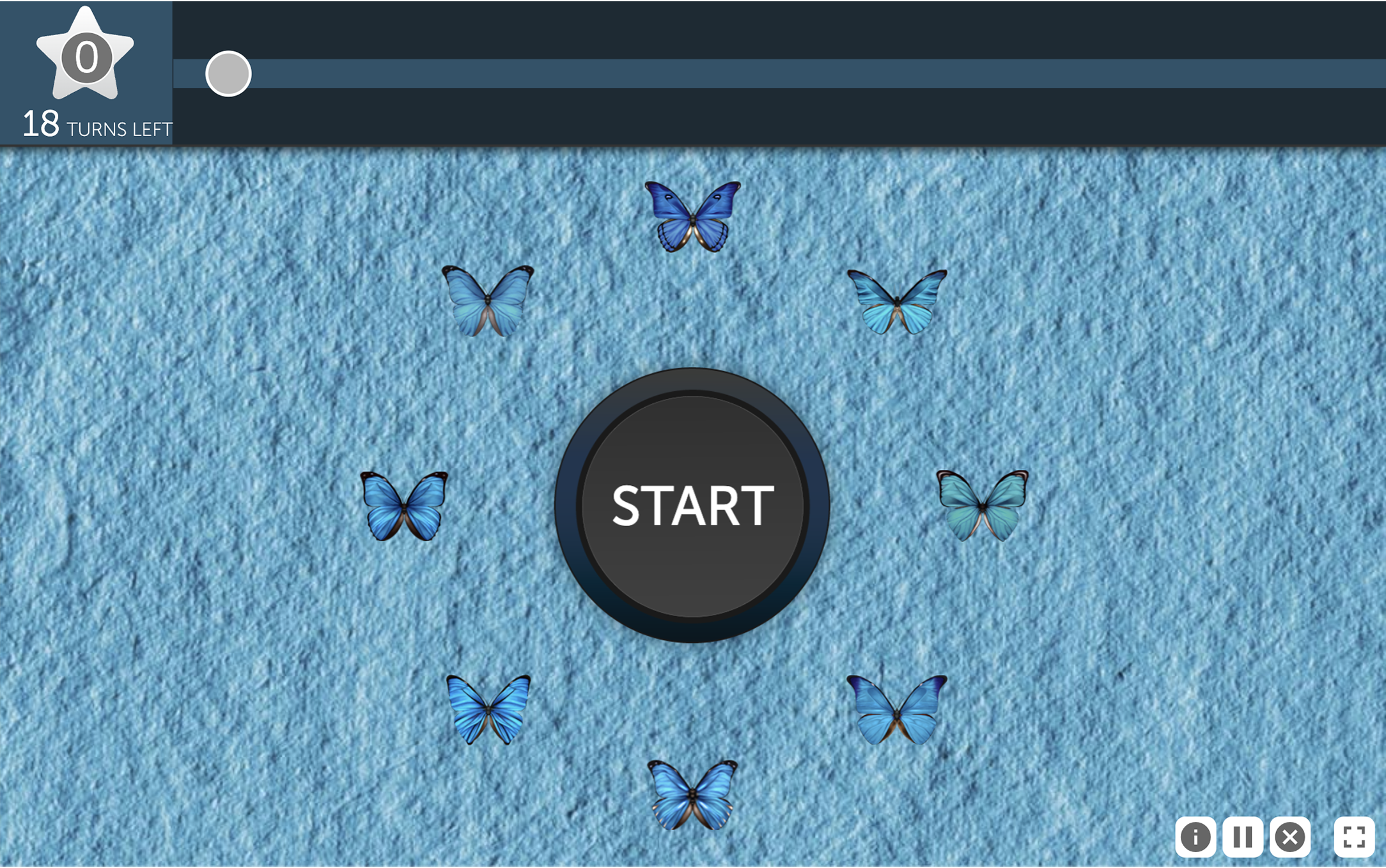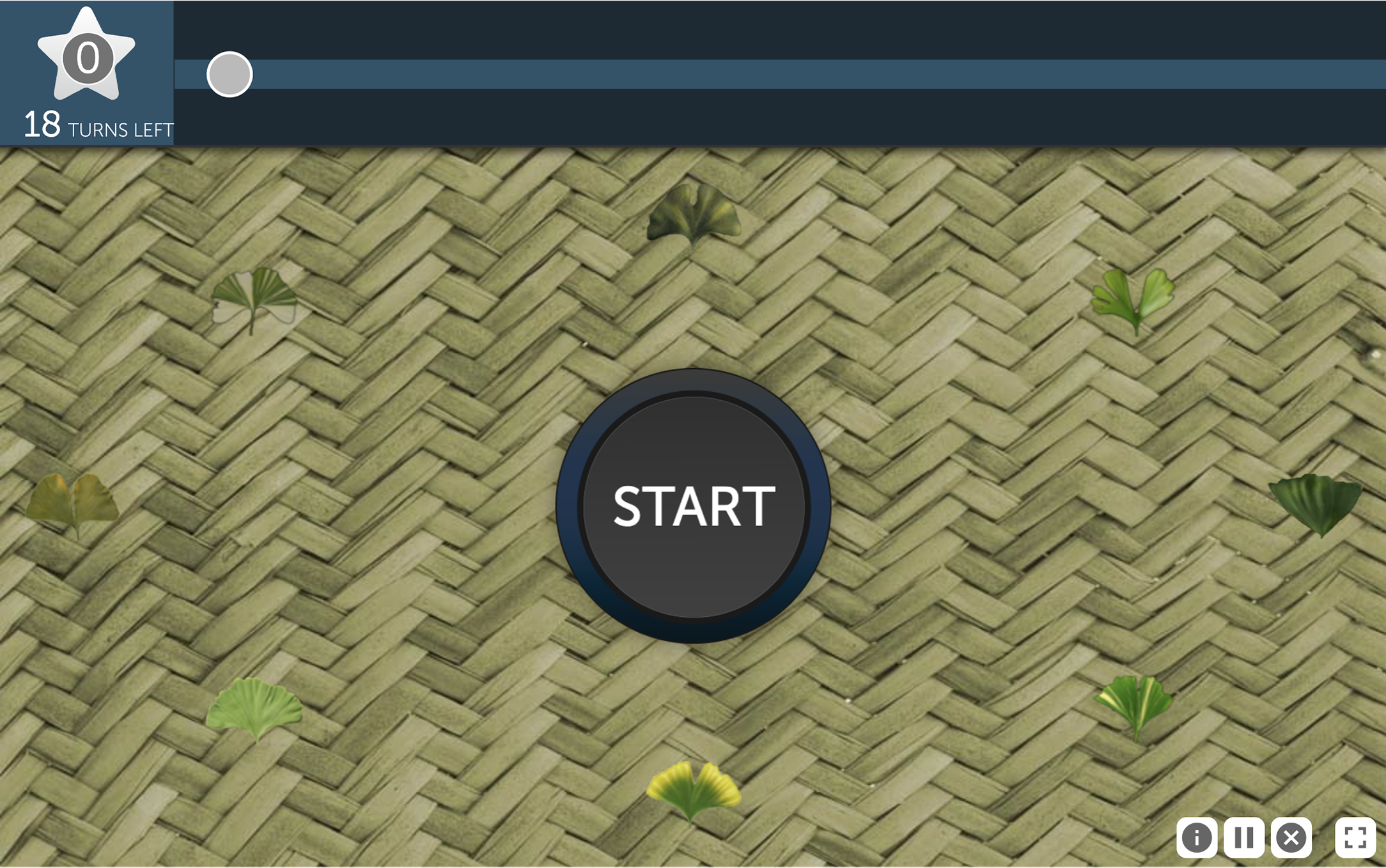
Just say you’re in the car, driving to a party. You haven’t been to the host’s house before. As you drive down through town, you have to keep track of traffic, pedestrians, and the other normal driving hazards—while at the same time continually scanning the street names and house numbers.
To do that while staying safe, your eyes have to move around very quickly. These quick eye movements are called “saccades.” And with each saccade, you have to collect information in mere milliseconds—the name of the street, where the curb juts out, if the skateboarder is turning or continuing straight.
Unfortunately, the speed and accuracy of saccades decrease with age and with certain cognitive conditions. In addition, the ability to quickly and reliably extract information on each eye fixation reduces substantially. What that means is that it’s harder to see everything you need to in a situation like this. As a result, you might miss the street where you were supposed to turn or find yourself driving a little less safely than usual as you focus too much visual attention on house numbers and not enough on driving conditions. The result: less confidence when going new places.
Eye for Detail is designed to exercise your ability to make saccades quickly, and to notice subtle details with each one.
In Eye for Detail, a series of 3 to 5 images briefly appear one at a time in different positions on the screen. Of the pictures, some match precisely, while others are similar but not the same. Your job is to identify where the identical images appeared. As you improve, the images flash by more quickly.
As you level up, these things change in three ways:
- The images become more similar.
- The images are spread farther apart, pushing your brain to move your eyes a greater distance.
- You graduate from 3 images to 5 images.



